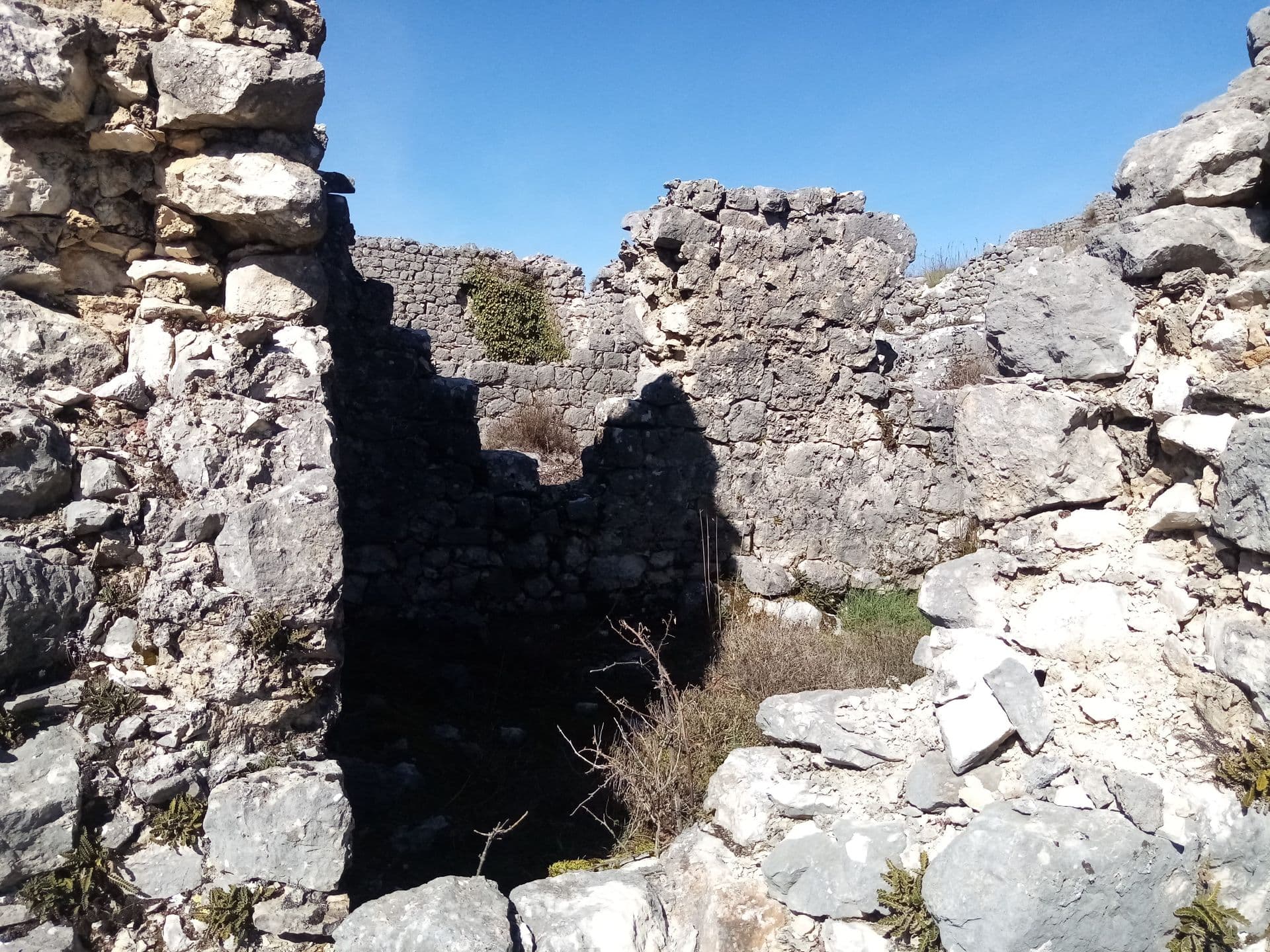Lifestyle
Venetians Capture Klobuk After Long Struggle in 1694

The struggle for Klobuk, a strategic location in Herzegovina, culminated in its capture by Venetian forces in 1694. This marked a significant moment in the region’s history, following decades of conflict with the Ottoman Empire.
Klobuk fell into Ottoman hands in 1477, shortly before the Ottomans converted its church into a mosque. This transformation mirrored the fate of the Church of St. George in Žabljak Crnojević, which underwent a similar conversion after its capture in 1478. Archaeological research conducted by Nebojša Kolak highlights an intriguing aspect of Klobuk’s history: despite its conversion, the mosque retained its bell tower. Each evening, the Islamic leader called the faithful to prayer with the ringing of the bell.
The Ottoman traveler Evlija Celebi documented the region in his travelogue from 1664. He described Klobuk during the Cretan War (1645-1669), noting a fortress on a high rock with twenty houses, a small mosque, a bathhouse, and a storage facility. Celebi observed that many residents avoided descending to the lower town due to fear of non-Muslims, indicating the area was rife with conflict.
Klobuk’s significance increased during the Morean War (1684-1699), when it was referred to as Korjenici. Following the liberation of Risno in 1684 and Herceg Novi in 1687, a Muslim population from Risno settled in Lastva, located approximately five kilometers from Klobuk towards Trebinje. This strategic position made Klobuk a frontline point for the Trebinje region against Montenegro.
Between 1687 and 1694, insurgent forces repeatedly invaded Trebinje, devastating Ottoman settlements, including Korjenici. Detailed reports from Venetian sources based in Kotor describe the attacks. General Venetian Provveditore Jerolim Kornar wrote to the Venetian Senate on October 25, 1687, recounting the destruction of Korjenici, a fortified site of great importance.
Kornar explained, “I witnessed the destruction of Korjenici, a very strong place situated in high mountains… It is equipped with 72 strong towers that block communication routes.” He noted that Turks had settled in Korjenici, disrupting Venetian efforts and causing significant losses.
As Venetian forces advanced, they faced local resistance from various tribes, including the Nikšići, Drobnjaci, and Banjani, who had united against the Ottomans. Kornar detailed a coordinated assault where many Turks fled towards Foča. Tragically, hundreds drowned trying to cross the Trebišnjica River, while houses and towers were set ablaze, leading to substantial casualties among those who resisted.
In October 1687, 5,000 Montenegrins successfully defeated the Turks at Trebišnjica, destroying the 72 towers of Korjenici.
Despite earlier predictions of its fall, Klobuk held out for several more years. Reports from Jerolim Kornar in March 1690 indicated that while Klobuk’s defenses were strong, it was at risk of surrender without reinforcements.
Ultimately, Venetian forces successfully captured Klobuk in 1694. Although detailed accounts of this event are scarce, a drawing from Ferdinando Ongania’s records illustrates the dramatic siege. The image depicts a high ridge with a fortress, showing Venetian soldiers advancing towards the stronghold under the fluttering of flags.
The capture of Klobuk not only signifies a key victory for the Venetians but also highlights the enduring historical conflicts in the region, shaping the course of its future.
-

 Health3 months ago
Health3 months agoNeurologist Warns Excessive Use of Supplements Can Harm Brain
-

 Health3 months ago
Health3 months agoFiona Phillips’ Husband Shares Heartfelt Update on Her Alzheimer’s Journey
-

 Science1 month ago
Science1 month agoBrian Cox Addresses Claims of Alien Probe in 3I/ATLAS Discovery
-

 Science1 month ago
Science1 month agoNASA Investigates Unusual Comet 3I/ATLAS; New Findings Emerge
-

 Science4 weeks ago
Science4 weeks agoScientists Examine 3I/ATLAS: Alien Artifact or Cosmic Oddity?
-

 Entertainment4 months ago
Entertainment4 months agoKerry Katona Discusses Future Baby Plans and Brian McFadden’s Wedding
-

 Science4 weeks ago
Science4 weeks agoNASA Investigates Speedy Object 3I/ATLAS, Sparking Speculation
-

 Entertainment4 months ago
Entertainment4 months agoEmmerdale Faces Tension as Dylan and April’s Lives Hang in the Balance
-

 World3 months ago
World3 months agoCole Palmer’s Cryptic Message to Kobbie Mainoo Following Loan Talks
-

 Science4 weeks ago
Science4 weeks agoNASA Scientists Explore Origins of 3I/ATLAS, a Fast-Moving Visitor
-

 Entertainment4 months ago
Entertainment4 months agoLove Island Star Toni Laite’s Mother Expresses Disappointment Over Coupling Decision
-

 Entertainment3 months ago
Entertainment3 months agoMajor Cast Changes at Coronation Street: Exits and Returns in 2025









